ON THE MORNING of 20 August 2018, the priests of Tianshifu 天师府, a Daoist temple in Longhushan龙虎山, Yingtan prefecture, Jiangxi province, carried out the first ever national flag-raising ceremony in their temple square. A vice-mayor of Yingtan presided over the ceremony. Also present were the local head of the United Front Work Department (UFWD) 统一战线工作部, the abbot of Tianshifu (who happens to be a vice-chairman of the Political Consultative Conference of Yingtan Prefecture), local governmental officials responsible for religious affairs, and all Daoist clerics under the leadership of the Longhushan Daoist Association. In late September, when Xie Shengjin was doing fieldwork at Longhushan, several Tianshifu priests told him that they were glad to participate in this ceremony and felt proud to play a role in promoting patriotism.
Tianshifu is one of the most influential Daoist temples in China. Daoism has comprised two main schools since the late fourteenth century: Orthodox Unity (Zhengyi 正一) and Complete Perfection (Quanzhen 全真). Priests of the Orthodox Unity school can marry and live a worldly life, while those of the Complete Perfection school are supposed to pursue an ascetic life in monasteries. Official records state that there are about 48,000 Daoist priests affiliated with temples nationwide (although this number does not take into consideration the many priests who are unaffiliated with a temple). In the early 1990s, the state lifted a decades-long ban on the ordination of Orthodox Unity priests, but only for Tianshifu — the only institution in China to hold this right during the Ming and Qing dynasties (1368–1911). Followers of Daoism and, especially, Orthodox Unity priests, thus regard it as the home of Orthodox Unity.
The highly symbolic flag-raising ceremony intended to show ordinary followers of Daoism, as well as Orthodox Unity priests in general, that the Tianshifu priests were willing to do United Front work under the guidance of the UFWD, an organ of the Chinese Communist Party (CCP), to which it reports directly. Among other things, the UFWD is tasked with uniting patriotic groups and individuals, especially elite figures, within religious communities. (See Chapter 4 ‘Internment and Indoctrination — Xi’s “New Era” in Xinjiang’).
The Daoist priests of the Orthodox Unity school have been particularly willing participants in United Front efforts as, they have argued, doing so does not violate Daoist doctrine. Instead, it is a pragmatic concession to state power that allows them to perform rituals and thereby earn an income. Unlike the transcendental goals of other religions, such as enlightenment or entering heaven, many of these priests are materially focussed on this life. Furthermore, loyalty to the country is one of nine precepts prescribed by state-affiliated Daoist organisations and to which an officially ordained Daoist cleric should adhere (this precept evolved from an imperial-era requirement to be loyal to the emperor).
Reports from Chinese media noted that beginning in August 2018 other influential Daoist and Han Buddhist temples across China also raised the national flag on their grounds for the first time, including the world-famous Shaolin temple. The State Administration for Religious Affairs 国家宗教事务局 worked with the UFWD to arrange and promote these events.
Chinese officials have advocated the principle of Sinicising religion 宗教中国 since Xi Jinping emphasised it at the National Religious Work Conference in April 2016. The principle is that followers of all religions in China should identify their own interests with that of the state and refrain from harming the national interest (as it is defined by the CCP government). This reads as a clear warning to Tibetan Buddhists and Xinjiang Muslims in particular, not to embrace ‘splittism’ (that is, a challenge to the perceived territorial integrity of the PRC).
Since the early 1950s, when it imposed ‘socialist transformation’ on religious practice in China, the CCP has demanded that religious practitioners be ‘patriotic’ 爱国, which has mainly meant accepting that there are no higher authorities than the CCP itself — such as the Dalai Lama or the Pope. Under the principle of Sinicising religion, religious practitioners must place their political identity as a Chinese citizen above their religious identity, embracing not only the Party’s rule, but also its appeals to nationalism.
This is because nationalism is a fundamental tool used by the CCP to bolster the legitimacy of its regime. In the Mao era, the Party relied primarily on communist ideology to legitimise its rule. After the reform period began in 1978, it increasingly relied on its role in developing the economy and improving standards of living across the country. After the protests of 1989, when students and others began demanding democracy as well, the Party launched its Patriotic Education Campaign 爱国主义教育活动, directed at the whole of society; under Xi’s leadership nationalism has taken a more prominent place than ever. The recent slowdown of economic growth, along with growing awareness of social problems such as environmental pollution, food safety, and educational inequality, has raised the levels of dissatisfaction with the Party’s management of the country. The Party has seized upon nationalistic pride as a powerful tool to inspire and unite society and silence dissent. (See Chapter 2 ‘Talking (Up) Power’, and Chapter 10 Forum ‘Protecting Citizens Overseas: The Policy, the Power, and Now the Movie …’) This is as true in the religious sphere as it is in lay society.
In Xinjiang and Tibet, the Party’s religious policies aim at preventing Islam and Tibetan Buddhism from becoming symbols that ‘splittists’ can use to mobilise forces intent on undermining its rule. There were no reports of flag-raising ceremonies in religious sites in Xinjiang or Tibet this year, and very few in Catholic and Protestant sites elsewhere, suggesting the Party may believe this is not the most effective way to engage with these communities. However, with Daoism and Han Buddhism — which have deep roots in Chinese culture — it seems the Party feels more confident about the positive role religion can play in realising the nationalist goals embedded in the China Dream.
Notes
Ling Jin, ‘The Tianshifu temple at Longhushan holds a grand national flag-raising ceremony’, 灵瑾, 龙虎山嗣汉天师府隆重举行升国旗仪式, Tengxun Daoxue, 20 August 2018, online at: http://foxue.qq.com/a/20180820/038023.htm
‘The basic conditions of religion in China’ 我国宗教的基本情况, The State Administration of Religious Affairs, online at: http://www.sara.gov.cn/old/llyj/63734.htm
‘Yuan Zhihong – explaining the “three refuges and nine precepts” ’ 袁志鸿 ——“三皈九戒”内容的 释义, Long Hu Shan Daoism, online at: http://lhsdj.org/research/annotation/2015-05-01/2617.html
‘To celebrate the national day, Shaolin Temple holds the grand flag-raising ceremony’, Shaolin Temple, online at: http://www.shaolin.org.cn/templates/EN_T_newS_list/index.aspx?no-deid=294&page=ContentPage&contentid=21100
‘Xi Jinping: Comprehensively improve the level of religious work in the new circumstances’ 习近 平:全面提高新形势下宗教工作水平, Xinhuanet, 23 April 2016, online at: http://www.xinhuanet.com/politics/2016-04/23/c_1118716540.htm.
‘Wang Yang: Preserve the direction of sinifying Chinese religions’ 汪洋:坚持我国宗教中国化方向, Sina, 6 February 2018, online at: http://news.sina.com.cn/china/xlxw/2018-02-06/doc-ifyremfz6066016.shtml.
‘Yu Zhengsheng’s political consultative conference report: Mobilise sons and daughters of China to jointly shoulder the righteous cause of the nation’ 俞正声政协报告:动员中华儿女共担民族大义, The China Press, 4 March 2018, online at: http://ny.uschinapress.com/m/spotlight/2018/03-04/140024.html
‘The Sichuan Catholic Seminary holds a national flag-raising ceremony’ 四川省天主教神哲学院举 行升国旗仪式, Catholic Church in China, 6 September 2018, online at: http://www.chinacatholic.cn/html/report/18090213-1.htm.
Zhang Wenhua, Wuhan’s Protestant Glory Church holds a national flag raising ceremony’ 张文华,‘武汉市基督教荣光堂举行升国旗仪式, 21 August 2018, online at: http://m.ccctspm.org/newsdetail/10834




